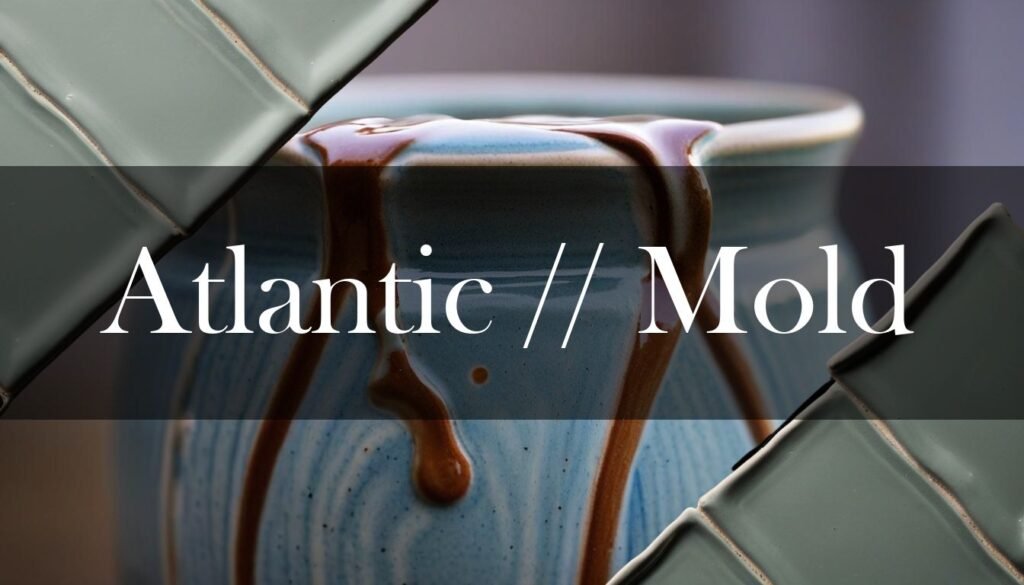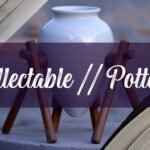Atlantic Mold ceramics mark a significant era in American ceramic history, appealing to both hobbyists and professional ceramic artists. Founded in the mid-20th century, Atlantic Mold quickly became a prominent supplier of ceramic molds, celebrated for their quality and variety. Although the company closed in July 2001, their impact lives on through the ongoing use and collectibility of their molds and the items made from them. Many of their designs were acquired by other companies, ensuring their continued availability. The legacy of Atlantic Mold highlights their influence on ceramic art and craft, with their products continuing to inspire creativity and artistry.
Identifying Atlantic Mold ceramics means looking for specific maker’s marks, design traits, and material quality. Authentic pieces often have the company’s name, mold number, and sometimes the year of creation stamped on the base. For example, a vintage ceramic shoe from 1973 features “Atlantic Mold” and the year on its base. Their designs are known for intricate details, from Christmas trees and figurines to functional items like bowls and plates. Reviewing original Atlantic Mold catalogs can further help with identification by providing visual references and descriptions of their molds. Paying attention to these details allows collectors and enthusiasts to accurately identify and appreciate Atlantic Mold’s contributions to ceramic arts.
Collectors should assess the rarity, condition, and market demand to determine the value of specific pieces, ensuring they appreciate both the artistic and monetary worth of these vintage ceramics.
The market value of Atlantic Mold ceramics depends on rarity, condition, and demand, making them attractive collectibles. Nativity sets and Christmas-themed items, like the ceramic Christmas trees, are very popular. A vintage 1970s Atlantic Mold ceramic Christmas tree with a rare green base was listed at $376.84. Animal figurines and decorative items like planters also hold value, with prices based on their condition and the intricacy of their design. For example, a vintage Atlantic Mold ceramic conch shell planter was listed for $79.00, highlighting its “soft blush pink with lovely opalescent shimmer”. Collectors should assess the rarity, condition, and market demand to determine the value of specific pieces, ensuring they appreciate the artistic and monetary worth of these vintage ceramics.
The artistry of Atlantic Mold ceramics is also clear in the painting techniques used to decorate these pieces. Underglaze application, glazing, and specialized decorative techniques such as sgraffito, slip trailing, and wax resist were commonly used. Underglazes provided a base color, while glazes enhanced durability and finish. Decorative techniques added intricate designs and textures, showcasing the skill of the artists. The Mishima technique, involving inlaying colored slip into incised lines, and lustre decoration, producing a metallic or iridescent finish, were also utilized to create unique and complex designs. Understanding these techniques offers insight into the craftsmanship and creativity that went into producing Atlantic Mold ceramics.
Authentic pieces often have the company’s name, mold number, and sometimes the year of creation stamped on the base. Their designs are known for intricate details, from Christmas trees and figurines to functional items like bowls and plates.
PotteryGeek
When assessing the condition of Atlantic Mold ceramics, collectors should be aware of common defects such as crazing, shivering, crawling, pinholing, and blistering. Crazing appears as fine cracks on the glaze surface, while shivering involves the glaze peeling off. Crawling results in bare spots, and pinholing and blistering present as tiny holes or bubbles in the glaze. Other defects include deformation, cracking, inclusions, and the orange peel effect. Recognizing these defects helps collectors make informed decisions about the care and preservation of their Atlantic Mold ceramics, ensuring these pieces continue to be appreciated for years to come.





